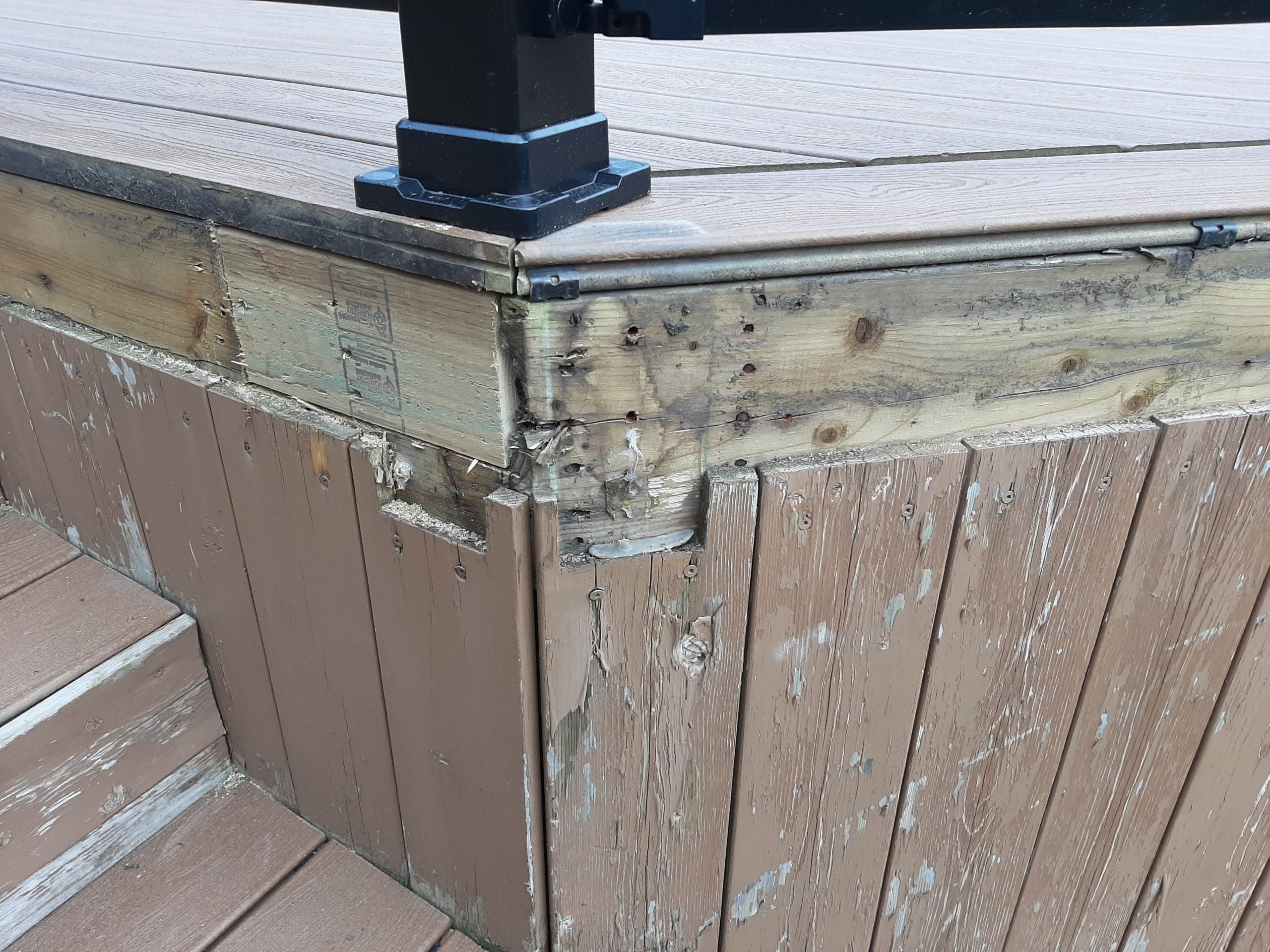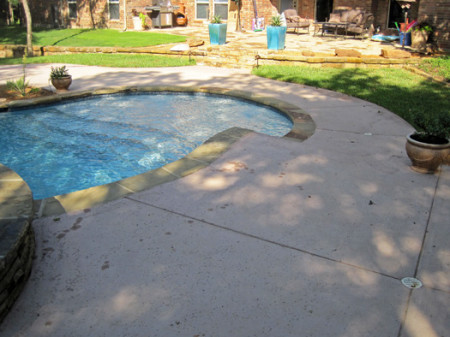

Water pooling on deck surfaces is a common problem that can lead to significant damage over time if left unaddressed. This comprehensive guide explores effective drainage fixes for water pooling on deck surfaces to prevent costly repairs and extend the lifespan of your deck. We’ll delve into the underlying causes of water pooling, review various drainage solutions, and provide practical steps for homeowners to proactively address this issue. This article will also highlight the importance of preventive measures to avoid costly damage and highlight crucial steps to take to protect your deck and investment. This guide will walk you through every aspect of the problem and solutions and will be broken into clear sections.
Understanding the Problem: Identifying Water Pooling on Deck Surfaces
Causes of Water Pooling
Water pooling on decks often stems from poor drainage. Water that collects on your deck surfaces can cause structural issues and health risks, ultimately leading to costly repairs. Problems with your deck’s drainage can result from many factors. Common causes of water pooling on deck surfaces include clogged gutters, improper downspout placement, inadequate grading around the deck, or even issues with the deck itself, like gaps, cracks, or uneven surfaces. Addressing these root causes is critical for lasting solutions.
Identifying the Source of Pooling
Diagnosing the exact source of the pooling issue is essential for creating a tailored solution. Is it from overflow issues with the gutters? Are there blockages in the downspouts? Or is the deck’s drainage system insufficient to handle the water runoff? Careful observation and some basic investigative work can uncover the underlying cause of the issue. Inspect the gutters, downspouts, and the ground surrounding the deck to identify potential problem areas.
Solutions for Water Pooling: Effective Drainage Fixes
Related Post : Deck Boards Splintering Over Time? How to Restore a Smooth Surface
Improving Gutter and Downspout Systems
Improper gutter systems can often be the first point of failure when it comes to water pooling on a deck. Ensure that gutters are properly sized and installed, as well as that downspouts are correctly positioned to direct water away from the deck foundation. Cleaning clogged gutters and downspouts is a simple preventative maintenance task but a very important one. If downspouts are too close to the house or deck, installing extensions or redirecting them to a further location can solve water runoff problems. A simple and inexpensive measure can make a big difference and reduce the likelihood of water pooling and potential damage.
Grading and Landscaping Solutions
Improper grading around the deck can often be a significant contributor to water pooling. If the ground around the deck slopes towards it, water will naturally accumulate. Consider adding landscaping to direct water away from the deck. This can include regrading the ground or installing a French drain to divert water. In this case, an experienced landscaping contractor is crucial to ensure the correct gradient is created to properly direct water flow away from the deck and foundation. Landscaping professionals understand local soil conditions and drainage patterns to create a long-lasting solution.
Addressing Deck Drainage Issues
Evaluating and Repairing Deck Surfaces
A thorough inspection of your deck’s surfaces is important to determine if the pooling is related to inherent issues with the deck itself. If there are gaps, cracks, or uneven surfaces, water can collect and pool, leading to issues like rot and damage. Small repairs can often be handled by a homeowner, but it is important to properly assess the extent of any damage. Larger repairs will likely need professional assistance.
Installing a Deck Drainage System
For significant water pooling issues, a dedicated deck drainage system may be necessary. This can include installing additional drains, French drains, or other systems designed to capture and carry water away from the deck. Installing a proper drainage system will ensure that the water runoff is properly collected and directed away from the deck foundation.
Preventative Measures for Deck Longevity
Regular Maintenance and Inspections
Regular maintenance is key to preventing water pooling on your deck. Schedule routine inspections of your gutter system, downspouts, and overall deck structure to catch potential issues before they escalate. Check for clogs, cracks, or other signs of damage. This proactive approach can help you identify and address problems before they cause extensive damage and prevent expensive repairs.
Protecting Your Deck from External Factors
Proper maintenance can help you extend the lifespan of your deck while preserving it in great condition.
Choosing the Right Drainage Solutions
Evaluating Different Drainage Methods
Different methods are available for addressing water pooling. Gutters, downspouts, and proper grading can often be enough to redirect water, but more extensive solutions may be necessary for severe cases. Consider the severity of the problem and the cost-effectiveness of each approach when making your decision. Professional assessment and recommendations can help.
In conclusion, effectively managing water pooling on deck surfaces is crucial for preventing costly damage and maintaining the structural integrity of your home or business. By implementing the drainage fixes and preventative measures outlined in this guide, you can protect your investment and ensure a long-lasting, functional outdoor space. To get started with resolving your water pooling issues, consider consulting a professional for a comprehensive assessment of your deck’s drainage system, or explore DIY solutions available online and in home improvement stores. Contact us today for a free quote!